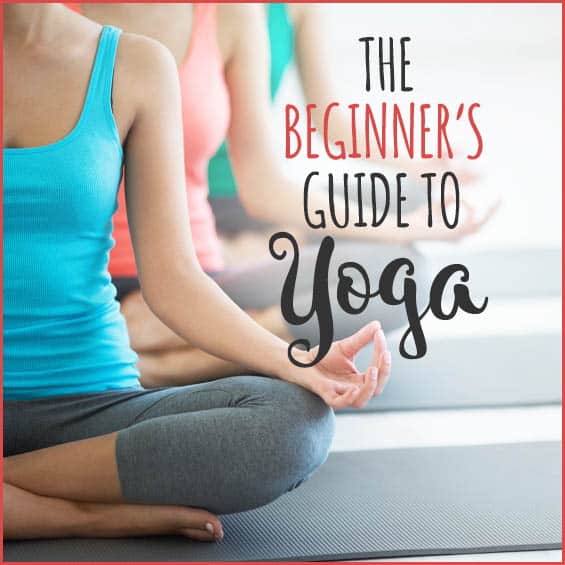Yoga has become a hugely popular exercise and wellness trend, with studios popping up all over the place. But even with the increased interest in yoga, many people still don’t know how to get started.
The good news is that the practice has been shown to help with just about every aspect of your health and well-being, from reducing stress to improving your sleep. And, most importantly, it’s a fun way to keep your body and mind in shape.
1. Get the Right Gear
Yoga is a great way to improve your physical health and mental well-being. It can help you release stress and relax, boost your energy levels, improve your sleep, and more.
However, it’s important to know what you need to start your yoga practice, so you don’t waste your time and money on gear that doesn’t suit your needs. That’s why we asked some experts to share their tips for getting the most out of your first class.
1. Get the Right Gear
Regardless of whether you’re just starting out or are an experienced yogi, you should always wear clothes that promote your range of motion during practice. This includes stretchy, comfortable fabrics that won’t restrict your movement or cause any chafing or irritation during your moves.
2. Use Straps
If you’re new to a particular pose, like Marichyasana (hand-binding), you might want to use straps to help you connect both hands without excess strain until your flexibility improves.
2. Get a Good Instructor
If you’re a beginner to yoga, it is important to find an instructor who can help you get started. This will make the experience of practicing a lot more enjoyable and allow you to feel comfortable.
Great instructors are not only highly skilled at teaching their students yoga poses, but also have a strong personal connection to the practice. This means that they know what it is to struggle and how to help their students overcome it.
This is a skill that takes a lot of time and effort to master, but it is a necessary one for any yoga teacher. The ability to be patient and to adapt your teaching style based on the needs of your students is crucial for making sure that everyone enjoys their yoga classes.
Fortunately, there are many yoga seminars and workshops that you can attend to learn more about the profession and improve your skills as an instructor. These are often very affordable and are a great way to expand your knowledge and network with other professionals in the yoga industry.
3. Practice at Home
Yoga can be an excellent physical exercise that offers many benefits, including relieving stress and supporting good health habits. It can also help people improve flexibility, balance, and muscle strength if practiced regularly.
However, if you’re new to yoga, it’s important to start slowly. Look for classes that are appropriate for beginners and take time to learn the basic poses.
Once you’ve mastered the fundamentals, it’s time to develop your own personal practice. This could mean taking more advanced yoga classes, committing to daily at-home practices or learning more about yoga history and literature.
Then, you’ll be able to find the right balance of yoga postures, breathing techniques, and meditation methods that best serve your unique needs. This will lead to more consistent practice that will help you see the physical and mental changes you want to make long-term.
4. Attend a Few Classes
While YouTube videos, books and podcasts are great sources for learning yoga, attending a few classes is an excellent way to get the most out of your practice. Your teacher will be able to correct your form and give you useful tips for each pose based on your body structure and personal conditions.
It also helps you learn how to listen to your own inner guru. If a teacher says something that resonates with you, go for it.
You should always try to find a studio that offers a variety of styles, such as kundalini, vinyasa or bikram. Each style will have a slightly different approach and focus, so exposing yourself to a variety will help you figure out what works best for you.
A good place to start is by coming a few minutes early and choosing a spot on the floor that is comfortable for you. It’s also a good idea to come up close to the front of the room so that you can see and hear your teacher better, without being distracted by others.

